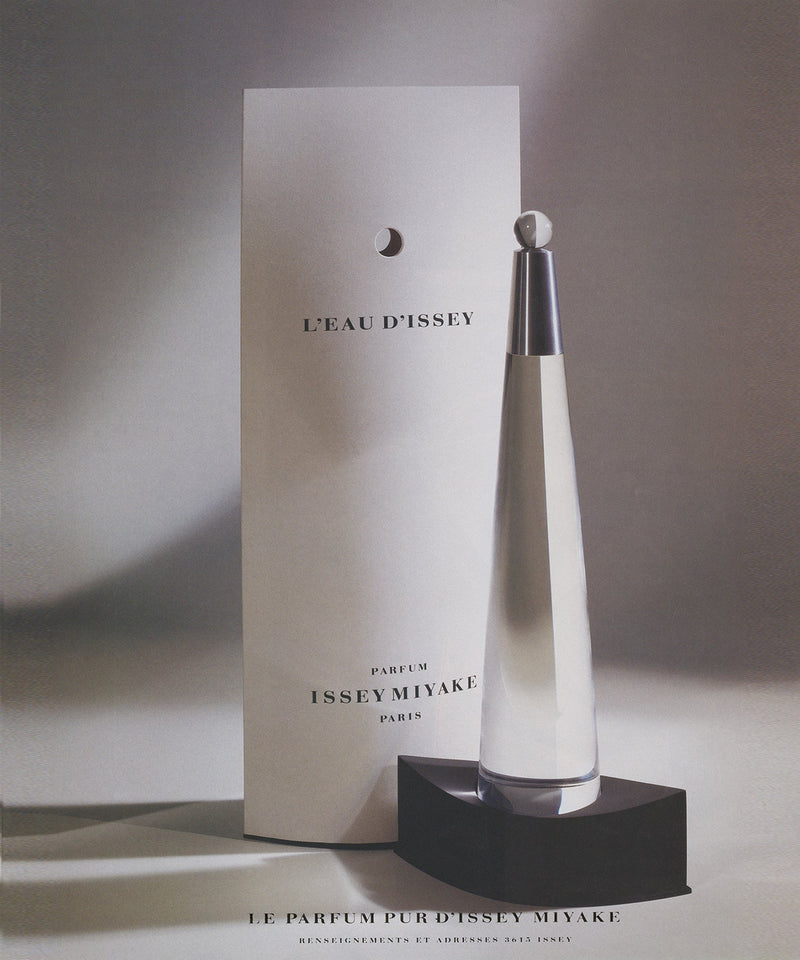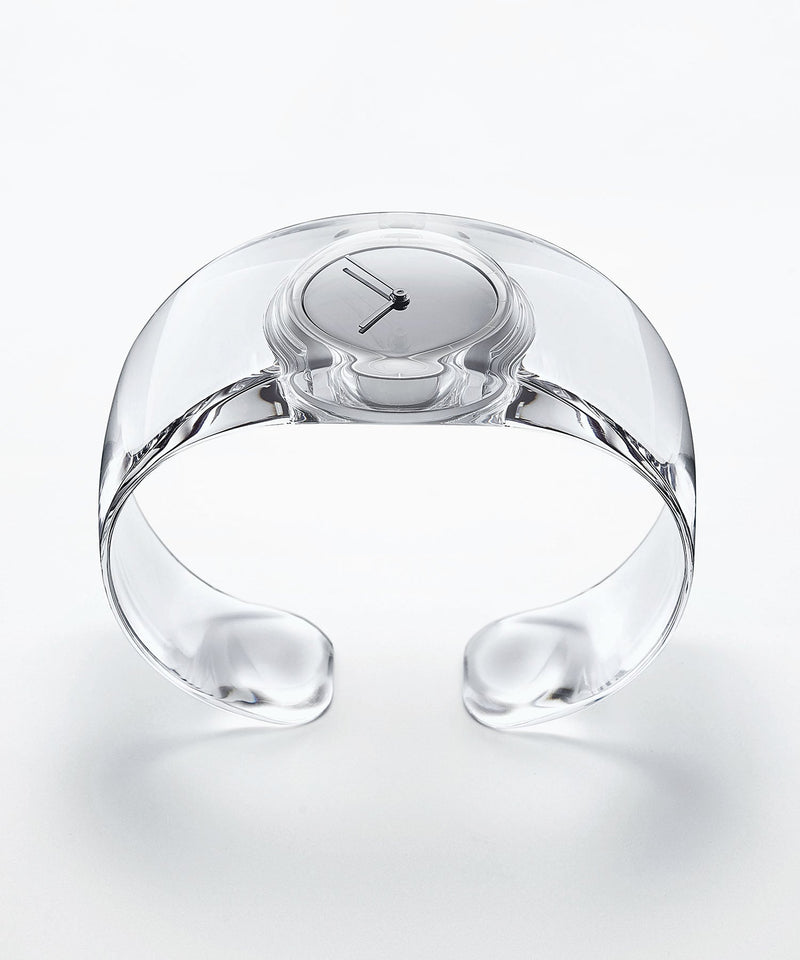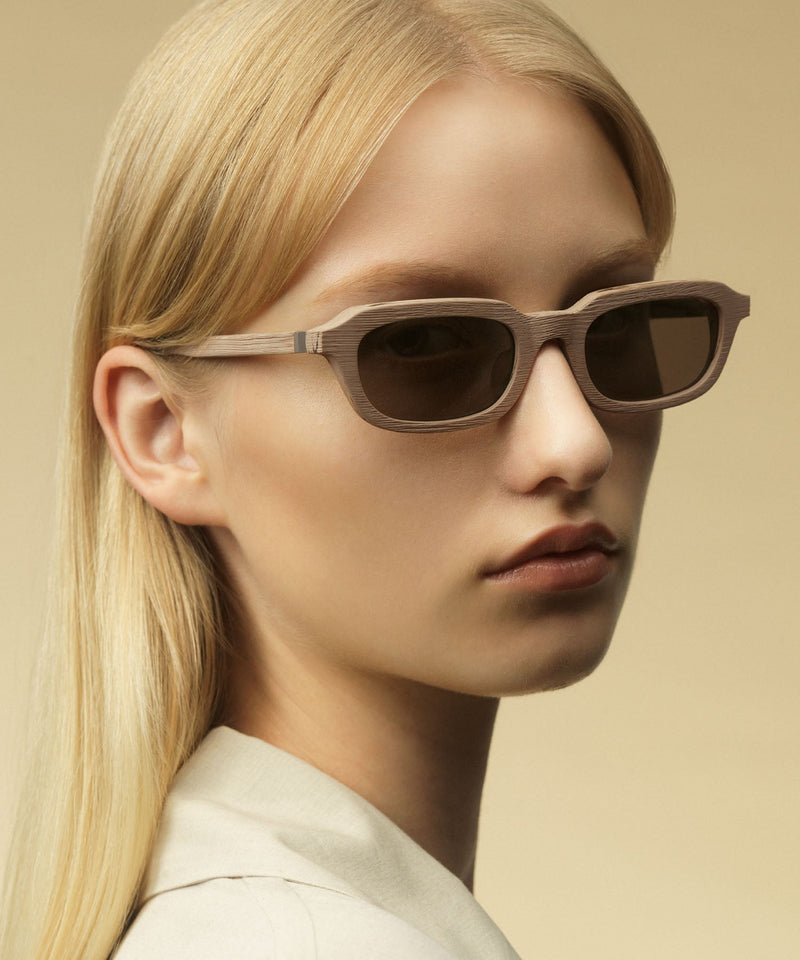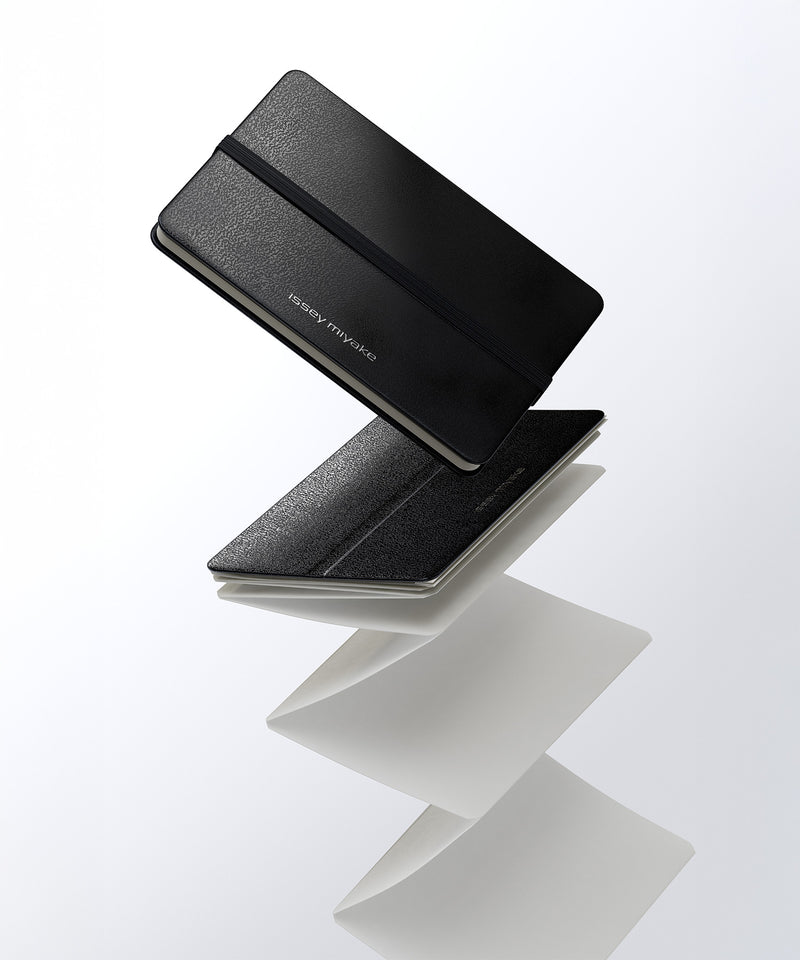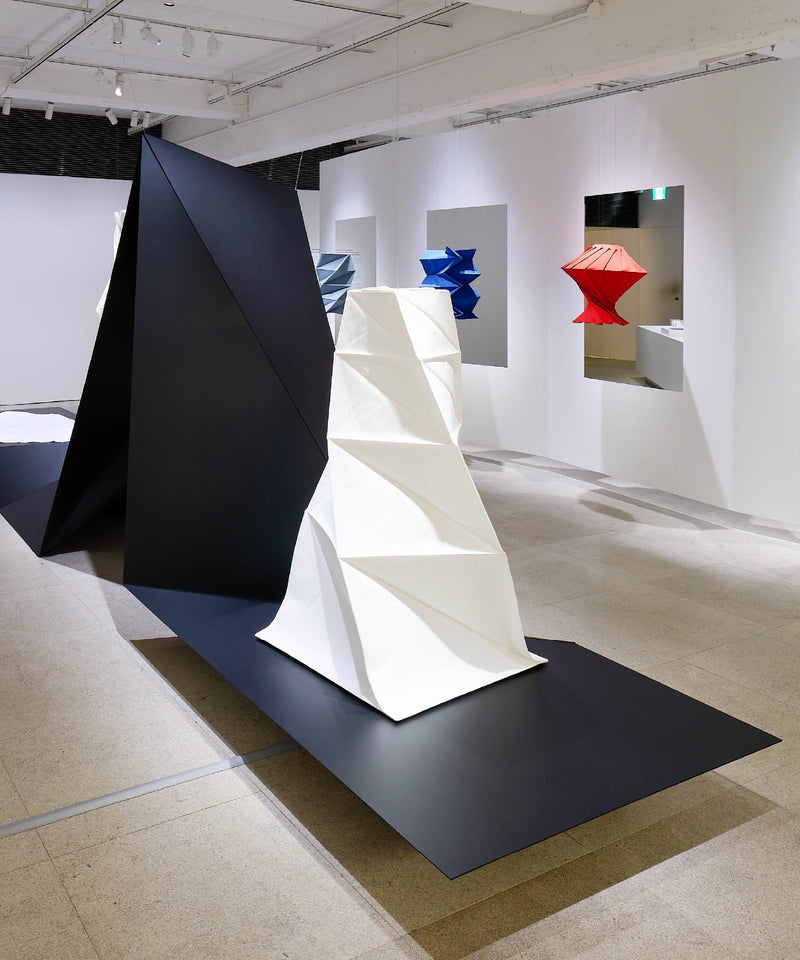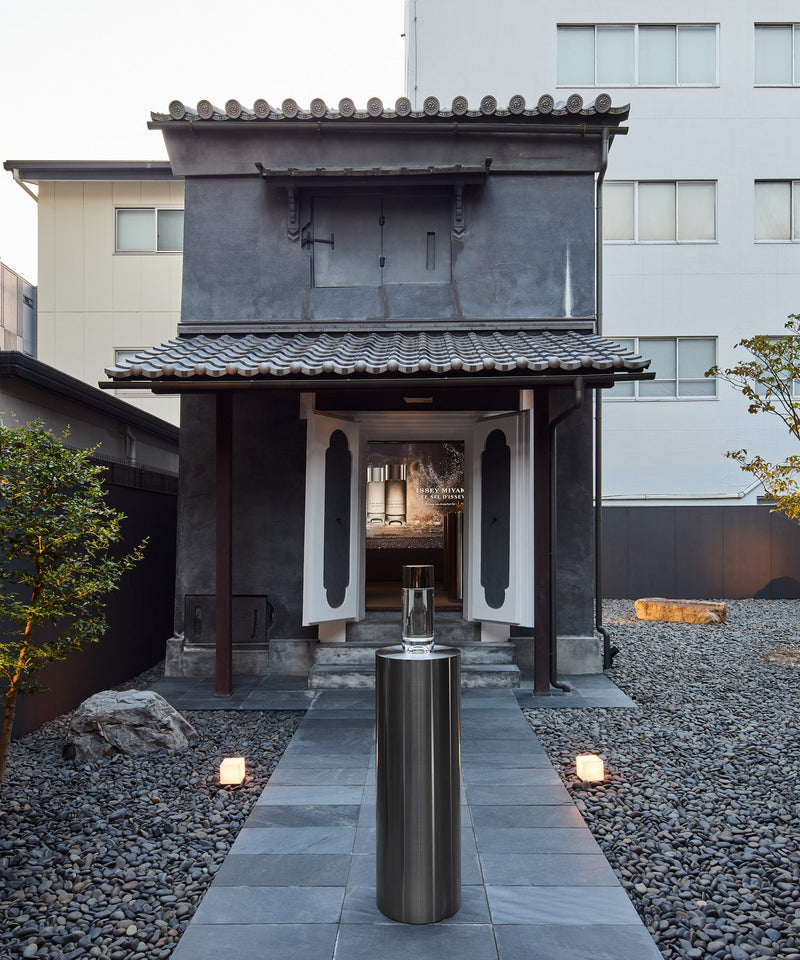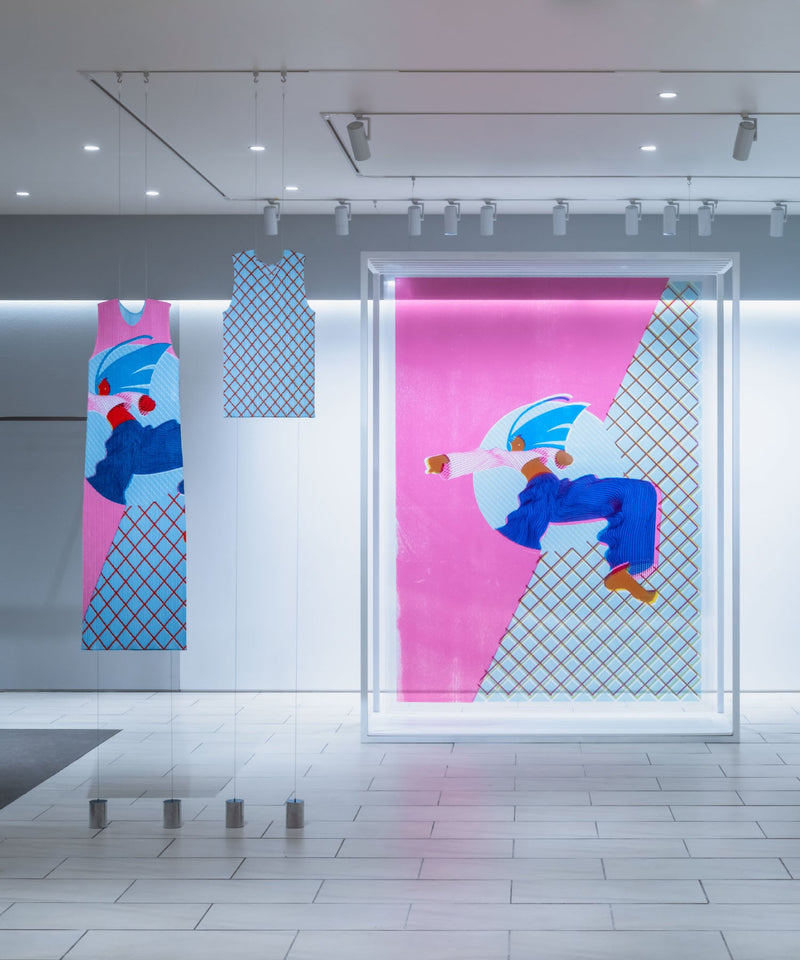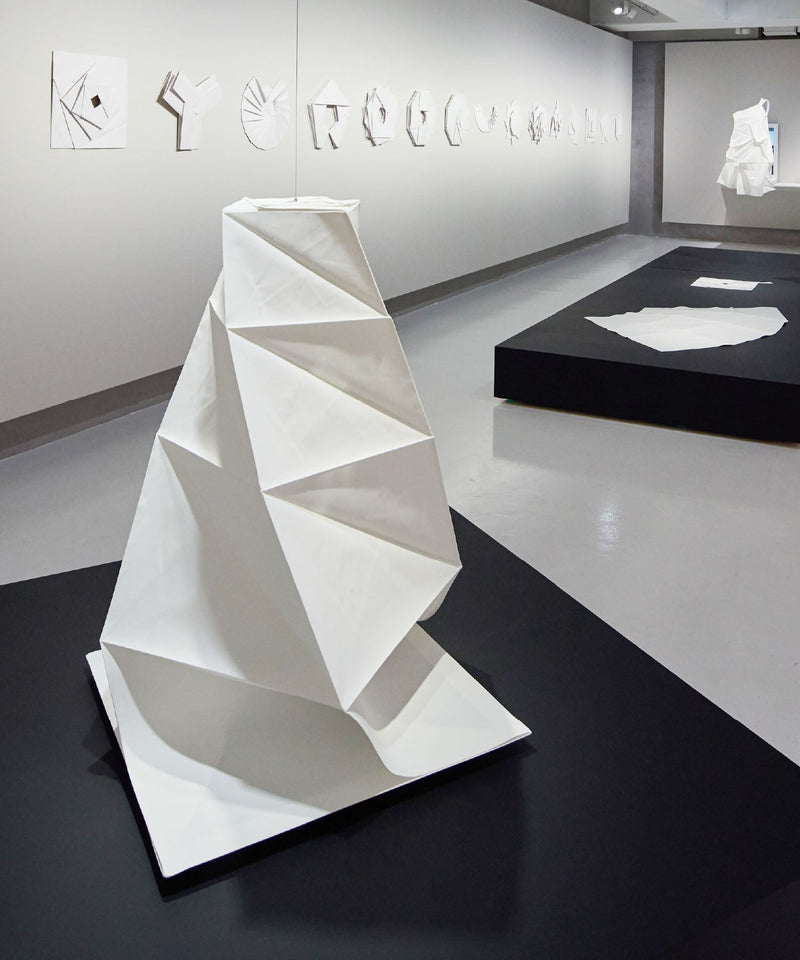COLLECTIONS - AUTUMN WINTER 2025/26
EXHIBITION
IM MEN, the latest menswear brand from ISSEY MIYAKE, hosted a special exhibition FLY WITH IM MEN from January 24th to 26th.

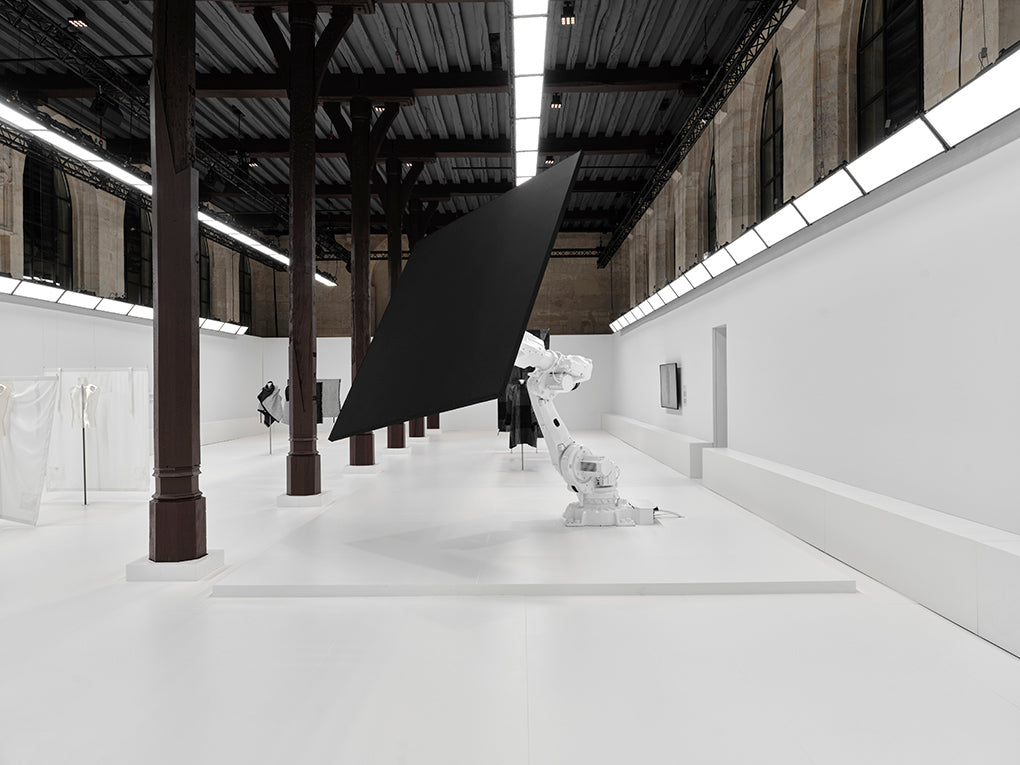
On January 23rd, IM MEN presented its collection for the first time at Paris Men's Fashion Week. This exhibition looks at five garments series from the collection, developed based on the philosophy of a piece of cloth.
To convey the unique construction of IM MEN, this exhibition features an installation by Japanese artist and designer Tokujin Yoshioka. The installation presents garments made from original fabrics, developed from incorporating advanced technologies into traditional weaving and dyeing techniques, reflecting the practice of integrating design (form-making) and engineering (construction), to explore the possibilities of a piece of cloth to its furthest limits.
We hope this exhibition provides an opportunity for audiences not only in fashion, but also in other creative fields and beyond, to encourage dialogues across disciplines and further explore the future of the relationship between society and clothing design.
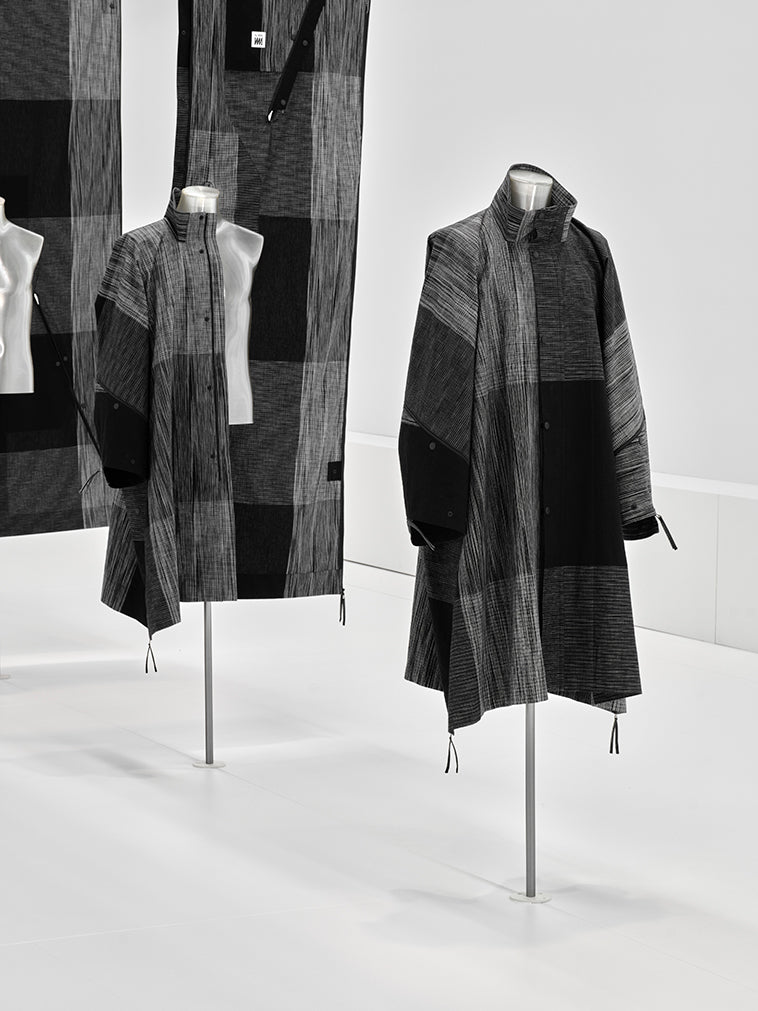
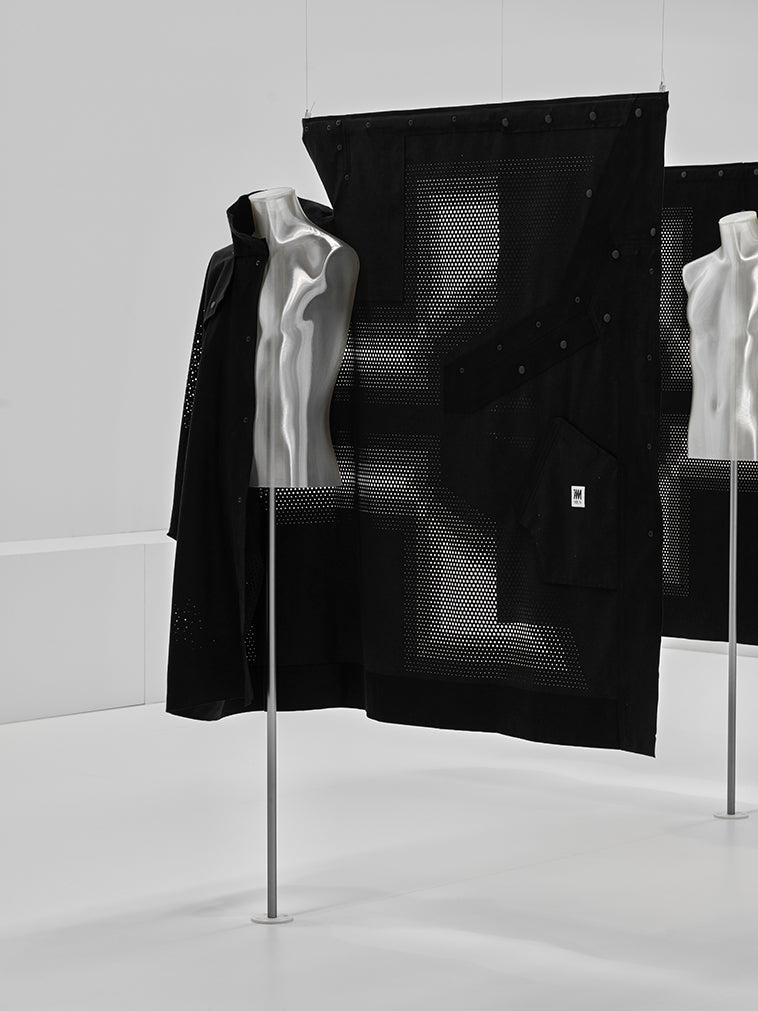
FLY
In order to fully convey the beauty of the lightweight fabric, this series uses the selvage that is often trimmed off, to transform a piece of fabric into a garment that leaves no excess trimmings. This coat’s design uses a piece of complete fabric and is constructed by fastening the snap buttons. The coat and jacket can be worn upside down and can form different silhouettes, depending on how the buttons are fastened. The fabric is a further development of the one used for AIR, one of the brand’s signature lightweight series available since the first season. This wrinkle-resistant fabric, woven from two kinds of polyester yarn—one that is partly plant-based*, and the other that has a hollow core—is now even lighter in weight.
*The main source comes from non-food grade sugarcane molasses.
HERON
This series uses Ultrasuede®, an artificial suede made from 100% plant-based* polyester developed by Toray Industries, Inc.. This marks the first time the material is being used for clothing worldwide. The material can be cut without fraying; the series features a number of round holes of various sizes arranged in gradient, cut by a machine not normally used in making garments. This unique design, although applied to a voluminous coat style, lends itself to a lightweight construction. In addition, the series takes form by folding the fabric along scored, dotted lines and buttoning one side to the other, its assembly creates distinctive shapes around the bodice, sleeves, and collar.
*The main source comes from non-food grade sugarcane molasses and cornstarch.
METALLIC ULTRA BOA
This series uses an artificial sheepskin co-developed by the brand and Toray Industries, Inc., that is a composite of Toray’s artificial suede (Ultrasuede®, partly plant-based*) and fleece made from a blend of synthetic fibers and recycled wool. Foil printing was then applied onto the fabric for a bold, metallic finish. The garment has two slits, on the front and perpendicular to the hem, lined with two zippers running from the hem to the cuff along the underarm seam; fastening the zippers in a lightly twisted motion completes the construction of the garment, creating a bold, angular silhouette around the elbows.
*The main source comes from non-food grade sugarcane molasses.
SAKIORI
Sakiori* refers to a traditional weaving technique in Japan that re-weaves torn strips of unused fabric to make new fabric. To repurpose existing fabric pieces, this eponymous series adapts this technique and uses the polyester fabric (partly plant-based**) of the FLAT, one of the brand’s signature series available since the first season, by cutting the fabric diagonally into strips and using them for both weft and warp. The varying texture of the weave features fringing and each piece is unique due to the handmade craftsmanship. The vest style is worn by putting arms through the openings and wrapping the fabric around the body like a stole.
*A technique practiced since the mid Edo period (between around 1650-1750) in the Tohoku region of Japan, where fabrics were considered precious goods due to scarce production of cotton and other natural fibers in the cold climate.
**The main source comes from non-food grade sugarcane molasses.
KASURI
This series is a modern adaptation of the eponymous traditional dyeing technique that arranges partially pre-dyed yarn on the loom and weaves it to create patterns or colors in gradients. Kasuri originated in India and was brought to Japan. The fabric in this series is woven with a Jacquard machine from three kinds of cotton yarn in different thicknesses that were partly pre-dyed, used for the weft and the warp, to create a bold, graphic pattern. The construction, which respects the beauty and the integrity of the textile, uses very few cuts in the fabric during the design process. By fastening the zippers along the diagonal lines from the hem to both sides of the body in a loose, spiral motion, the garment transforms into a coat with sleeves. Fastening the buttons turns the same garment into a poncho.










